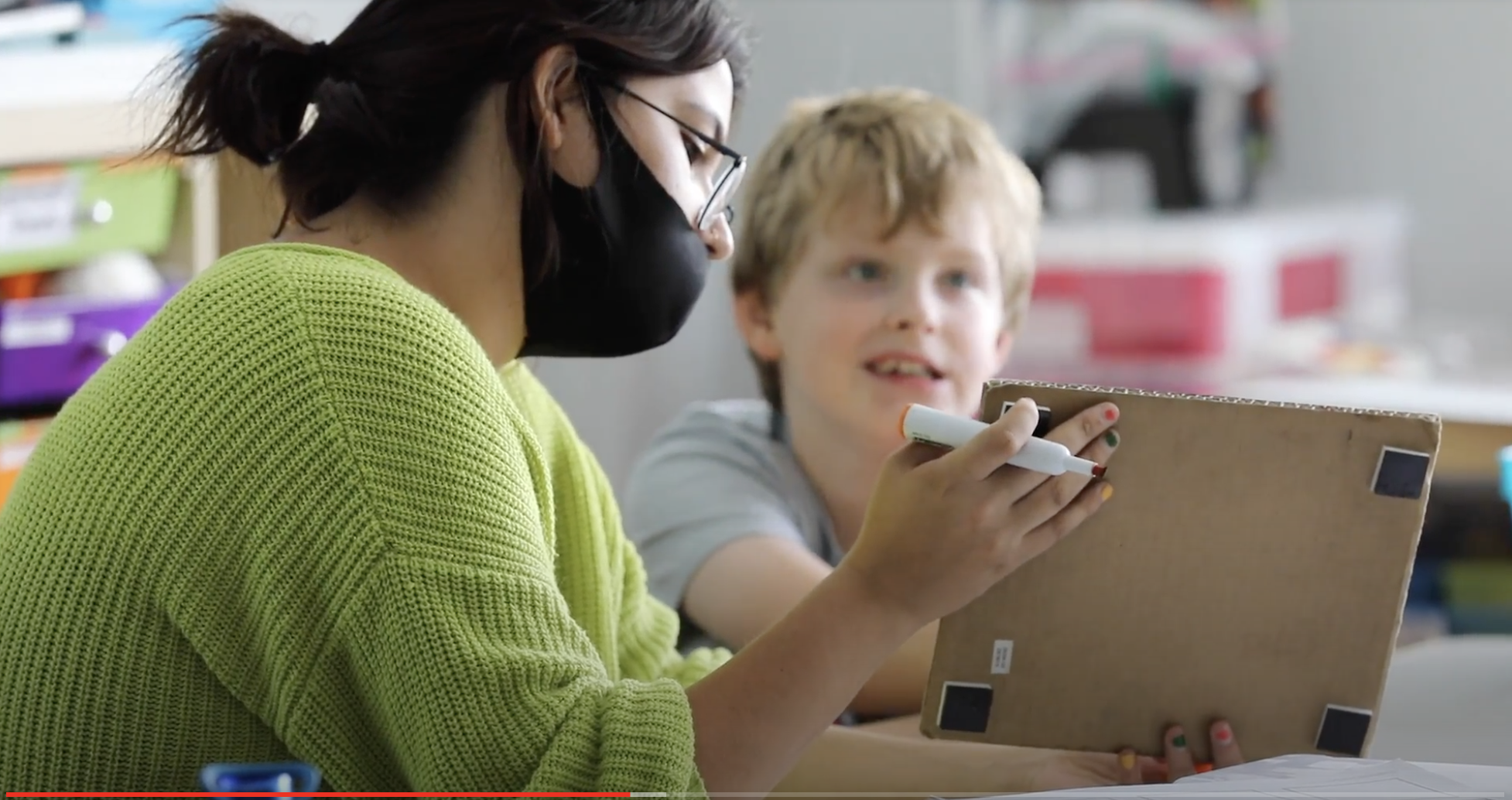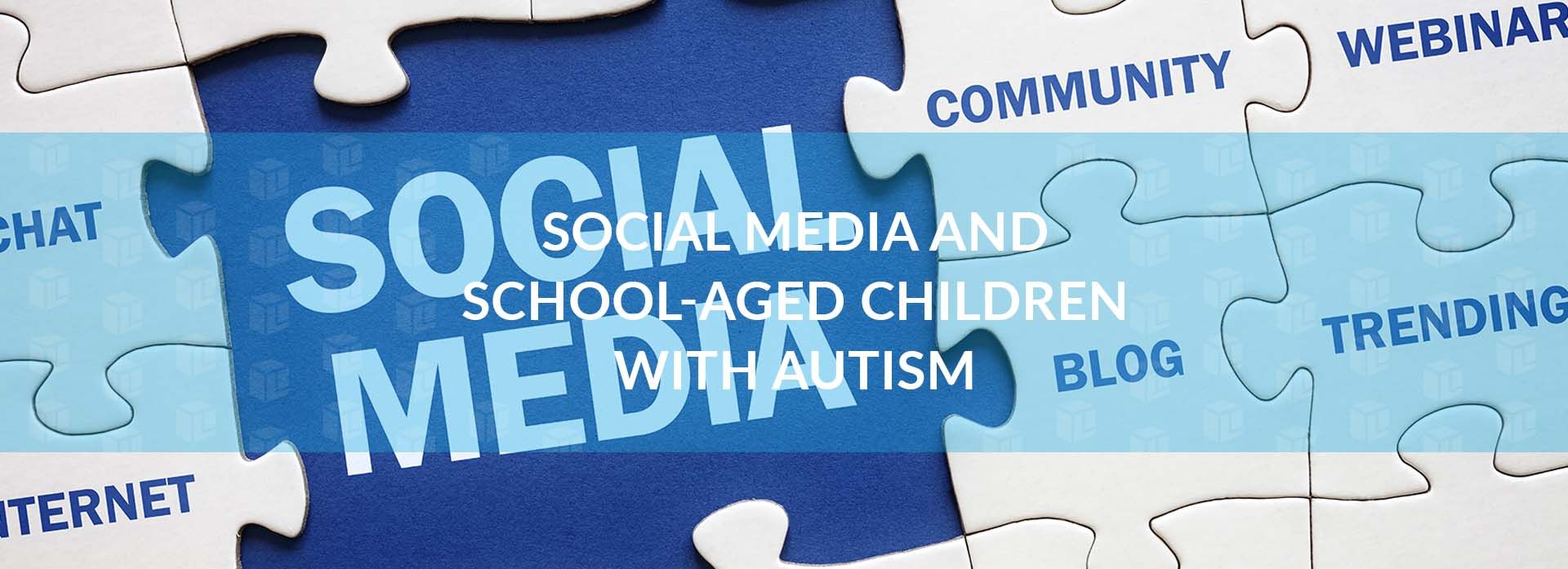HELP and VEST Programs at Lexington
[fusion_builder_container type=”flex” hundred_percent=”no” hundred_percent_height=”no” min_height=”” hundred_percent_height_scroll=”no” align_content=”stretch” flex_align_items=”flex-start” flex_justify_content=”flex-start” flex_column_spacing=”” hundred_percent_height_center_content=”yes” equal_height_columns=”no” container_tag=”div” menu_anchor=”” hide_on_mobile=”small-visibility,medium-visibility,large-visibility” s
adidas yeezy sale argolas de silicone transparente adidas yeezy shoes yeezy official boss sweat thermosflasche edelstahl zara paitatakki Finland custom baseball jersey maker nike rn cmtr nike air max sale rond kontorstol detska kozusinova kabelka custom football jerseys adidas predator 18.3 calzino si o no yahoo gelenktasche herren
tatus=”published” publish_date=”” class=”” id=”” link_color=”” link_hover_color=”” border_sizes=”” border_sizes_top=”” border_sizes_right=”” border_sizes_bottom=”” border_sizes_left=”” border_color=”” border_style=”solid” spacing_medium=”” margin_top_medium=”” margin_bottom_medium=”” spacing_small=”” margin_top_small=”” margin_bottom_small=”” margin_top=”” margin_bottom=”” padding_dimensions_medium=”” padding_top_medium=”” padding_right_medium=”” padding_bottom_medium=”” padding_left_medium=”” padding_dimensions_small=”” padding_top_small=”” padding_right_small=”” padding_bottom_small=”” padding_left_small=”” padding_top=”” padding_right=”” padding_bottom=”” padding_left=”” box_shadow=”no” box_shadow_vertical=”” box_shadow_horizontal=”” box_shadow_blur=”0″ box_shadow_spread=”0″ box_shadow_color=”” box_shadow_style=”” z_index=”” overflow=”” gradient_start_color=”” gradient_end_color=”” gradient_start_position=”0″ gradient_end_position=”100″ gradient_type=”linear” radial_direction=”center center” linear_angle=”180″ background_color=”” background_image=”” background_position=”center center” background_repeat=”no-repeat” fade=”no” background_parallax=”none” enable_mobile=”no” parallax_speed=”0.3″ background_blend_mode=”none” video_mp4=”” video_webm=”” video_ogv=”” video_url=”” video_aspect_ratio=”16:9″ video_loop=”yes” video_mute=”yes” video_preview_image=”” absolute=”off” absolute_devices=”small,medium,large” sticky=”off” sticky_devices=”small-visibility,medium-visibility,large-visibility” sticky_background_color=”” sticky_height=”” sticky_offset=”” sticky_transition_offset=”0″ scroll_offset=”0″ animation_type=”” animation_direction=”left” animation_speed=”0.3″ animation_offset=”” filter_hue=”0″ filter_saturation=”100″ filter_brightness=”100″ filter_contrast=”100″ filter_invert=”0″ filter_sepia=”0″ filter_opacity=”100″ filter_blur=”0″ filter_hue_hover=”0″ filter_saturation_hover=”100″ filter_brightness_hover=”100″ filter_contrast_hover=”100″ filter_invert_hover=”0″ filter_sepia_hover=”0″ filter_opacity_hover=”100″ filter_blur_hover=”0″][fusion_builder_row][fusion_builder_column type=”1_1″ layout=”1_1″ align_self=”auto” content_layout=”column” align_content=”flex-start” content_wrap=”wrap” spacing=”” center_content=”no” link=”” target=”_self” min_height=”” hide_on_mobile=”small-visibility,medium-visibility,large-visibility” sticky_display=”normal,sticky” class=”” id=”” type_medium=”” type_small=”” order_medium=”0″ order_small=”0″ dimension_spacing_medium=”” dimension_spacing_small=”” dimension_spacing=”” dimension_margin_medium=”” dimension_margin_small=”” margin_top=”” margin_bottom=”” padding_medium=”” padding_small=”” padding_top=”” padding_right=”” padding_bottom=”” padding_left=”” hover_type=”none” border_sizes=”” border_color=”” border_style=”solid” border_radius=”” box_shadow=”no” dimension_box_shadow=”” box_shadow_blur=”0″ box_shadow_spread=”0″ box_shadow_color=”” box_shadow_style=”” background_type=”single” gradient_start_color=”” gradient_end_color=”” gradient_start_position=”0″ gradient_end_position=”100″ gradient_type=”linear” radial_direction=”center center” linear_angle=”180″ background_color=”” background_image=”” background_image_id=”” background_position=”left top” background_repeat=”no-repeat” background_blend_mode=”none” animation_type=”” animation_direction=”left” animation_speed=”0.3″ animation_offset=”” filter_type=”regular” filter_hue=”0″ filter_saturation=”100″ filter_brightness=”100″ filter_contrast=”100″ filter_invert=”0″ filter_sepia=”0″ filter_opacity=”100″ filter_blur=”0″ filter_hue_hover=”0″ filter_saturation_hover=”100″ filter_brightness_hover=”100″ filter_contrast_hover=”100″ filter_invert_hover=”0″ filter_sepia_hover=”0″ filter_opacity_hover=”100″ filter_blur_hover=”0″ last=”true” border_position=”all” first=”true” type=”1_1″][fusion_text columns=”” column_min_width=”” column_spacing=”” rule_style=”default” rule_size=”” rule_color=”” content_alignment_medium=”” content_alignment_small=”” content_alignment=”” hide_on_mobile=”small-visibility,medium-visibility,large-visibility” sticky_display=”normal,sticky” class=”” id=”” font_size=”” fusion_font_family_text_font=”” fusion_font_variant_text_font=”” line_height=”” letter_spacing=”” text_color=”” animation_type=”” animation_direction=”left” animation_speed=”0.3″ animation_offset=””]

My child is in their senior year of high school and the district wants them to graduate, but they are not ready and require additional learning programs.
As a parent, finding the right resources for your child can be difficult. If your child is clearly not ready to graduate, there are other options for them to achieve their goals and success. The main option Lexington can provide for you is to enroll your child at a Lexington campus that provides the HELP and VEST programs, such as the Lexington South Mountain and Maryvale campuses.
What are the HELP and VEST programs and how can I get my student into them?
HELP (Home Enrichment Life Program)
Students in the HELP Program are instructed in practical and functional living skills to prepare them to function appropriately in the community, workplace, and home.
This program includes a multitude of areas such as:
- Self-care
- Our schools encourage each student to be as independent as possible, beginning with students caring for their personal needs. Depending on students’ ability and age levels, they can practice self-care skills such as brushing their teeth, grooming, and basic hygiene practices.
- Pre-vocational skills
- Pre-vocational skills are a large part of the occupational therapy-related services curriculum. Students experience a wide range of pre-vocational tasks encompassing beginner, intermediate, and advanced level tasks. As students advance in the program, they learn about various occupations and necessary job skills.
- Daily living skills
- Students are encouraged to learn various activities that they will encounter in their everyday lives. This alternative classroom offers students the opportunity to make a bed, vacuum, set the table, and other skills needed to live in a home or apartment environment. Students get to practice these skills in Lexington’s ADL room. The goal is to help foster a greater level of independence in the home and the community.

- Students are encouraged to learn various activities that they will encounter in their everyday lives. This alternative classroom offers students the opportunity to make a bed, vacuum, set the table, and other skills needed to live in a home or apartment environment. Students get to practice these skills in Lexington’s ADL room. The goal is to help foster a greater level of independence in the home and the community.
- Community-based instruction
- Lexington brings the community into the classroom and the classroom into the community. Students participate in various activities within the community to help promote community awareness and independence. Lexington teachers also plan visits to local businesses to learn onsite what has been discussed in the classroom.
- Cooking skills
- Each classroom provides an opportunity for students to practice their cooking skills. Through a collaborative approach with the classroom and therapy staff, students are instructed on various cooking skills that they will need to be successful in their independent lives. Students learn how to make simple recipes with a few ingredients to full-fledged meals as they progress through their day.
- Functional reading skills
- Leisure skills are an integral part of Lexington’s curriculum. Students can discover things they enjoy during their free time. As a part of their everyday lives, students can socialize with friends, play games, surf the web (on safe and appropriate sites) and play video games with one another.
- Functional math skills
- Lexington students learn functional math skills throughout the school day and through Lexington’s many different classroom businesses. Students practice working with money using real-life experiences within the school building (i.e., school store) and apply those skills when students go to locations on class trips. Students visit local stores and restaurants to make selections, calculate the cost, exchange money for goods and collect change.
Other HELP Program areas of learning include:
- Service Learning
- Community Participation
- Shopping Skills
- Laundry Skills
- Leisure and Recreational Skills
Students who would like more of an employment-based approach after high school would enter the VEST program.
VEST (Vocational Education and Supported Training)

The VEST Program offers students who have completed traditional high school courses but require further instruction invocation and supported training. This program solely focuses on your young adult’s vocational education.
Traditional academic courses should have already been explored/completed before entering this program. A young adult can be in this program until 22, exiting when the team determines that exit criteria have been met. During this program, students will explore:
- Career Exploration
- Our students are encouraged to explore a wide variety of careers. Instruction and experiences designed to make students aware of the broad range of available employment, teach them general job preparatory skills, and offer them courses of study that allow them to develop skills needed for specific careers: retail, clerical, food service, etc.
- Supported Employment
- Lexington offers a unique way for employers and their students to come together in an employment setting. We pre-screen potential candidates for employment and match the needs of an employer in the community. Once the match is made and a person is hired, a job coach will train and assist both the person hired and the new employer.
- Work-Related Behaviors
- As students transition into adulthood, they encounter various job scenarios and work experiences. We expect students to uphold Lexington’s expectations for behavior and its work expectations while attending job sites and work sites. Classroom assistants and a job coach guided by the transition coordinator direct students while they work alongside them.
Students will also learn:
- Job Readiness
- Community-Based Instruction
- Job Seeking
- Job Shadowing
- Real World Numeracy
- Real-World Literacy
Lexington can never guarantee employment to graduates of our program. However, Lexington makes every effort to select training partners that offer results-oriented job readiness services. Lexington will help graduates prepare for interviews and connect with potential employers in their areas of interest.
Traditional High School Programming
Lexington also offers high school students a traditional academic and transitional focus program that is highly individualized and tailored to their child’s specific needs. We provide curriculum modifications to help your child access the curriculum and create, develop and implement transition plans and graduation requirements. This program explores some of the realms of HELP and VEST but offers a more traditional approach to learning standard-based academic programming that our parents have come to know and love. Students enrolled in this program typically seek college or trade school admittance.
I am Interested, How can I enroll my Student?
As the parent, you can choose to dis-enroll your child from the public school and enroll your child into Lexington’s autism high school program, VEST program, or HELP program, depending on their educational track. You will have to meet with our tuition specialist to ensure your child meets the Empowerment Scholarship Program‘s qualifications (ESA) before acceptance into the program
Empowerment Scholarship Program Funding
Students who participate in these programs can receive funding through the Empowerment Scholarship Program if they have not graduated from an Arizona public or Charter school.
For more information regarding the HELP and VEST programs, please visit our FAQ Page or contact Principal Hermosillo at daniel@lexingtonlifeacademy.com.

[/fusion_text][/fusion_builder_column][/fusion_builder_row][/fusion_builder_container]






